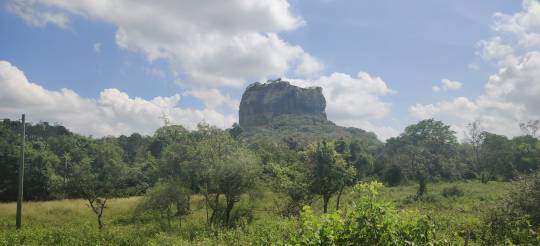#forests and woodlands
Text

Field and forest
#fields#forests and woodlands#dark forests#forests#photographers on tumblr#original photography#maine#landscape#trees
77 notes
·
View notes
Text
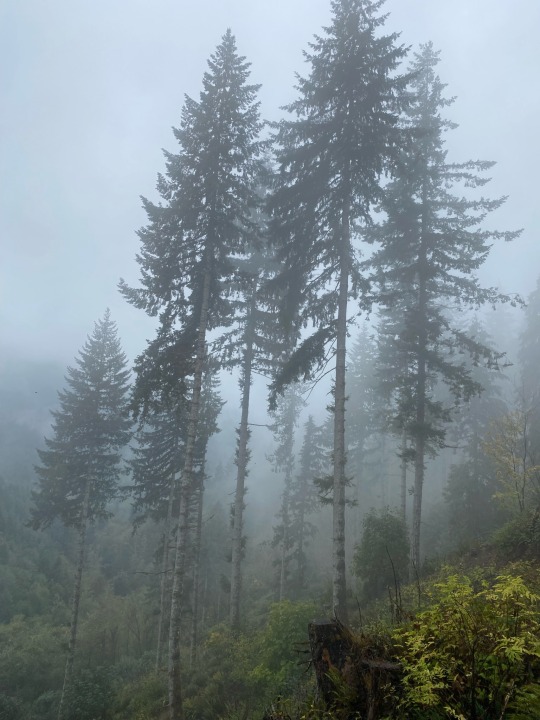
"my childhood was mostly trees blurring through car windows."
"omg that sounds like an adrienne lenker lyric!"
#adrienne lenker#big thief#nature#trees#pine trees#winter trees#treescape#forest aesthetic#woods#forests and woodlands#forest#adventurecore#nature aesthetic#woods aesthetic
81 notes
·
View notes
Text

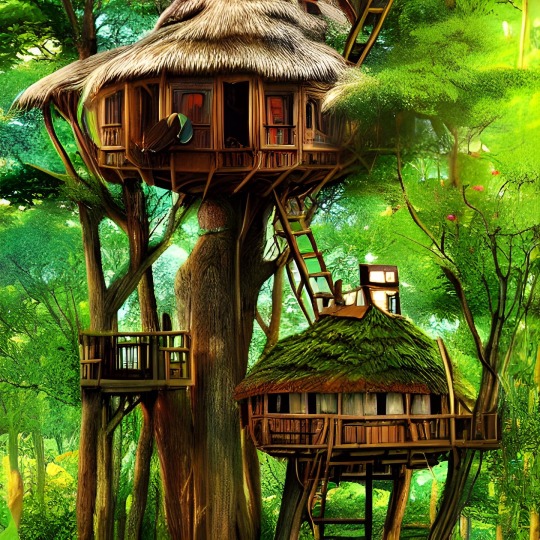








Forest dwellings, made in Dreamup.ai
#forest#forests and woodlands#forest dwelling#tree house#treehouse#architecture#organic architecture#sustainable architecture#modern architecture#modern treehouse#ai architecture#dreamup#dreamup art#stable diffusion#stable diffusion art#ai art#art#ai#ai artist#aiartcommunity#ai artwork#aiartist#ai art generator#digital art
56 notes
·
View notes
Text

"Fungi at Home"
Fly agarics, red-banded polypores, and boletes, OH MY! These fungi are certainly at home in a densely wooded forest.
Fungi used to be included in the taxonomic Kingdom Plantae, but in 1969, through scientific research and peer review, fungi became their own Kingdom. Historical scientific books prior to this date, therefore, include fungi in their study of plants.
SciArt by Ernst Friedrich Heyn (1841-1894) for The Natural History of Plants, Vol. 2 (1895) by Anton Kerner von Marilaun, translated from the original German by Francis Wall Oliver with the assistance of Mary Frances MacDonald and Marian Busk.
#mushrooms#fungi#mycology#fly agarics#amanita muscaria#mushroom#forests and woodlands#SciArt#female authors#boletes
45 notes
·
View notes
Text


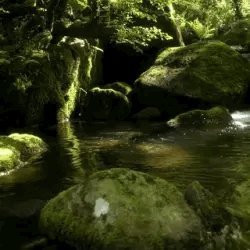



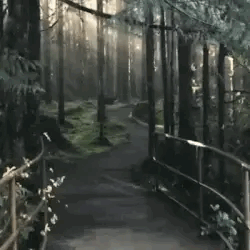


Deer stimboard with dark, grungy forests and soft, neutral colors for my friend Salem. Hope you enjoy!
GIFS BY:
relaxingifs
scopostims
the-nerdy-burrow
bastard-stim-account
birthday-stims
dollarstore-kins
webkinzcoolstims
fortheloveofjellycats
lolo-l0ved
#stimboard#nature stim#yarn stim#wood stim#carving stim#animal stim#deer#forests and woodlands#fur stim#drink stim
13 notes
·
View notes
Text
Wanna live in the small castle in the middle of forest with the love of my life...
#dark academia#bookworm#90s aesthetic#books & libraries#bw lover#lost love#90s#90s romance#bookaddict#hidden love#castle#night in the woods#forests and woodlands#no more love#love poem#writeblr#me and who
4 notes
·
View notes
Text


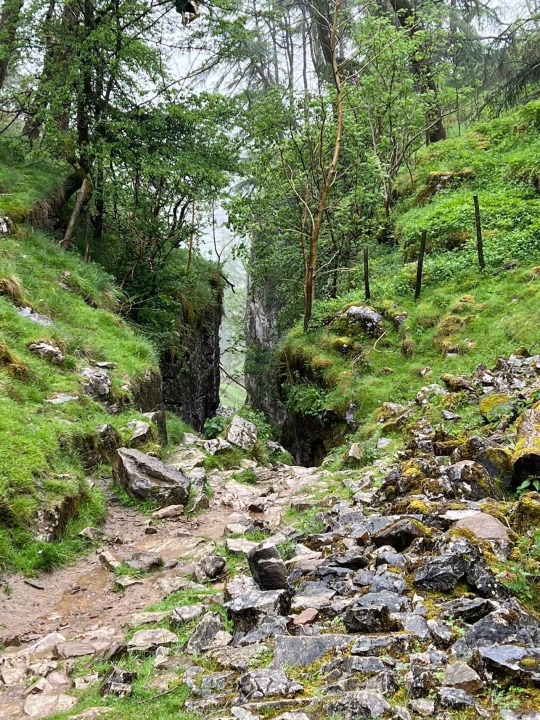
Ingleborough 🌿🌿
3 notes
·
View notes
Text
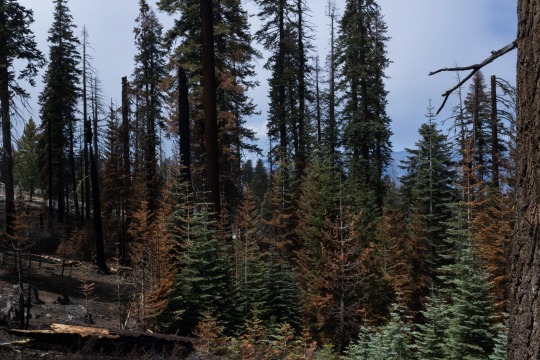
sequoia np - april 2022
#my photos#photoblr#photography#sequoia national park#sequoia#sierra nevada#high sierra#forests and woodlands#firs
3 notes
·
View notes
Text
Accelerating Innovation and Data Management for Forests: A UN DESA Global Policy Dialogue.
Join the UN DESA for a Global Policy Dialogue looking at Sustainable Development Goal 15, Life on Land, which is in the spotlight as International Day of Forests is commemorated on March 21st.
Watch the Accelerating Innovation and Data Management for Forests: A UN DESA Global Policy Dialogue!

#United Nations Department of Economic and social Affairs#Policy Dialogue#UNFF19#forests and woodlands#forestry#tropical forests#trees and forests#Accelerating Innovation#land is life#sdg15#innovative forest products#innovation and technology#forests and innovations
0 notes
Text



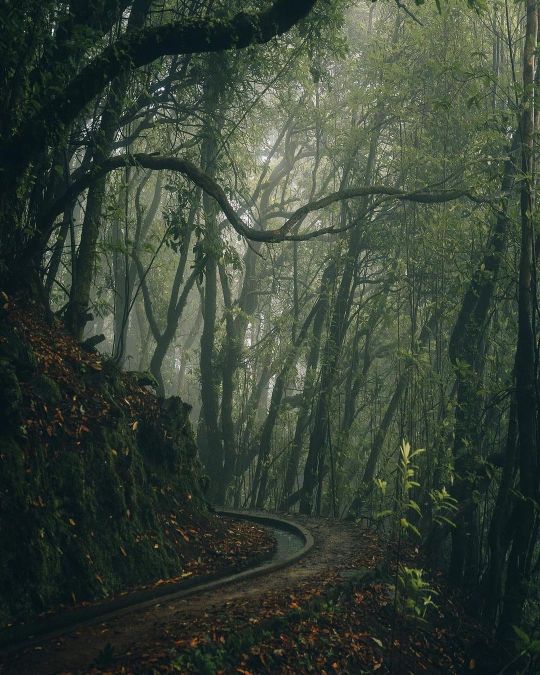


@michaelkagerer
16K notes
·
View notes
Text
my mom said we can hide in the woods, cast ancient spells, be embraced by moss and befriend eldritch creatures if it's ok with your mom
#dark naturalism#forestcore#dark cottagecore#naturalism#naturecore#forest aesthetic#aesthetics#forest#woodland#woods#green witch#witchcore#pagancore#pagan wicca#mosscore#treecore#green academia#fairy cottage#cottage goth#cottage witch
16K notes
·
View notes
Text
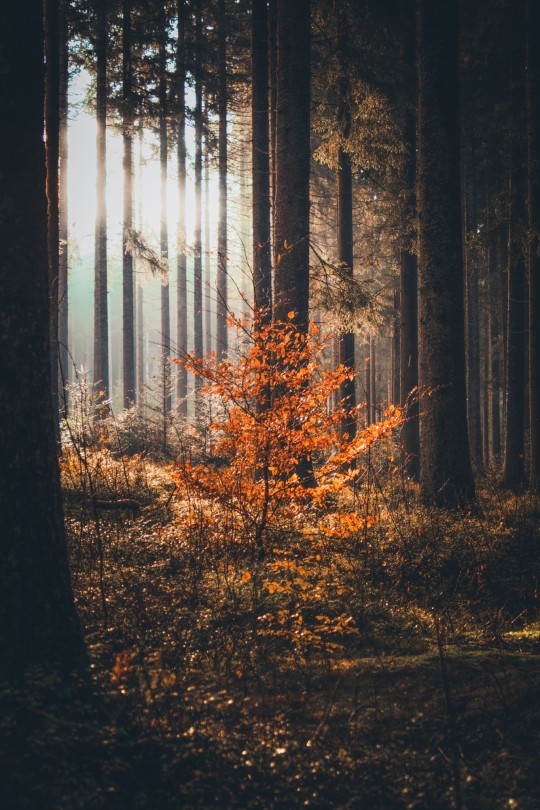
Morning light
#photography#wanderlust#nature#moodygrams#landscape#forest#dark forest#tumblr photographer#tumblr photo blog#dark#dark moodboard#moody#moodyphotography#moodboard#trees and forests#foggy nature#woodland#woods#naturecore#nature photography#nature hikes#photographers on tumblr#photoblog
6K notes
·
View notes
Text
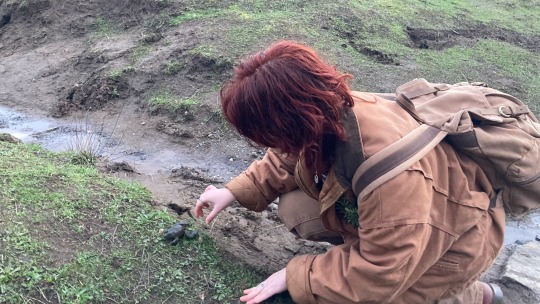

user wstrnred helps a frog cross a road
#frogposting#frog#forest aesthetic#nature#woods#forests and woodlands#nature aesthetic#adventurecore#forest#woods aesthetic#frogs#hozier
4 notes
·
View notes
Text

Definitely wish I lived in this treehouse
#tree house#trees#fantasy architecture#art#ai#forest life#forests and woodlands#stable diffusion art#stable diffusion#dreamup art#dreamup#aiartcommunity#ai art#dreamhome#dream home#dream house
61 notes
·
View notes
Text
The World's Forests Are Doing Much Better Than We Think
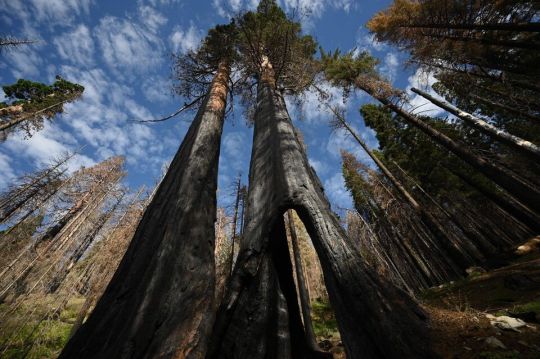
You might be surprised to discover... that many of the world’s woodlands are in a surprisingly good condition. The destruction of tropical forests gets so much (justified) attention that we’re at risk of missing how much progress we’re making in cooler climates.
That’s a mistake. The slow recovery of temperate and polar forests won’t be enough to offset global warming, without radical reductions in carbon emissions. Even so, it’s evidence that we’re capable of reversing the damage from the oldest form of human-induced climate change — and can do the same again.
Take England. Forest coverage now is greater than at any time since the Black Death nearly 700 years ago, with some 1.33 million hectares of the country covered in woodlands. The UK as a whole has nearly three times as much forest as it did at the start of the 20th century.
That’s not by a long way the most impressive performance. China’s forests have increased by about 607,000 square kilometers since 1992, a region the size of Ukraine. The European Union has added an area equivalent to Cambodia to its woodlands, while the US and India have together planted forests that would cover Bangladesh in an unbroken canopy of leaves.
Logging in the tropics means that the world as a whole is still losing trees. Brazil alone removed enough woodland since 1992 to counteract all the growth in China, the EU and US put together. Even so, the planet’s forests as a whole may no longer be contributing to the warming of the planet. On net, they probably sucked about 200 million metric tons of carbon dioxide from the atmosphere each year between 2011 and 2020, according to a 2021 study. The CO2 taken up by trees narrowly exceeded the amount released by deforestation. That’s a drop in the ocean next to the 53.8 billion tons of greenhouse gases emitted in 2022 — but it’s a sign that not every climate indicator is pointing toward doom...
More than a quarter of Japan is covered with planted forests that in many cases are so old they’re barely recognized as such. Forest cover reached its lowest extent during World War II, when trees were felled by the million to provide fuel for a resource-poor nation’s war machine. Akita prefecture in the north of Honshu island was so denuded in the early 19th century that it needed to import firewood. These days, its lush woodlands are a major draw for tourists.
It’s a similar picture in Scandinavia and Central Europe, where the spread of forests onto unproductive agricultural land, combined with the decline of wood-based industries and better management of remaining stands, has resulted in extensive regrowth since the mid-20th century. Forests cover about 15% of Denmark, compared to 2% to 3% at the start of the 19th century.
Even tropical deforestation has slowed drastically since the 1990s, possibly because the rise of plantation timber is cutting the need to clear primary forests. Still, political incentives to turn a blind eye to logging, combined with historically high prices for products grown and mined on cleared tropical woodlands such as soybeans, palm oil and nickel, mean that recent gains are fragile.
There’s no cause for complacency in any of this. The carbon benefits from forests aren’t sufficient to offset more than a sliver of our greenhouse pollution. The idea that they’ll be sufficient to cancel out gross emissions and get the world to net zero by the middle of this century depends on extraordinarily optimistic assumptions on both sides of the equation.
Still, we should celebrate our success in slowing a pattern of human deforestation that’s been going on for nearly 100,000 years. Nothing about the damage we do to our planet is inevitable. With effort, it may even be reversible.
-via Bloomburg, January 28, 2024
#deforestation#forest#woodland#tropical rainforest#trees#trees and forests#united states#china#india#denmark#eu#european union#uk#england#climate change#sustainability#logging#environment#ecology#conservation#ecosystem#greenhouse gasses#carbon emissions#climate crisis#climate action#good news#hope
3K notes
·
View notes




